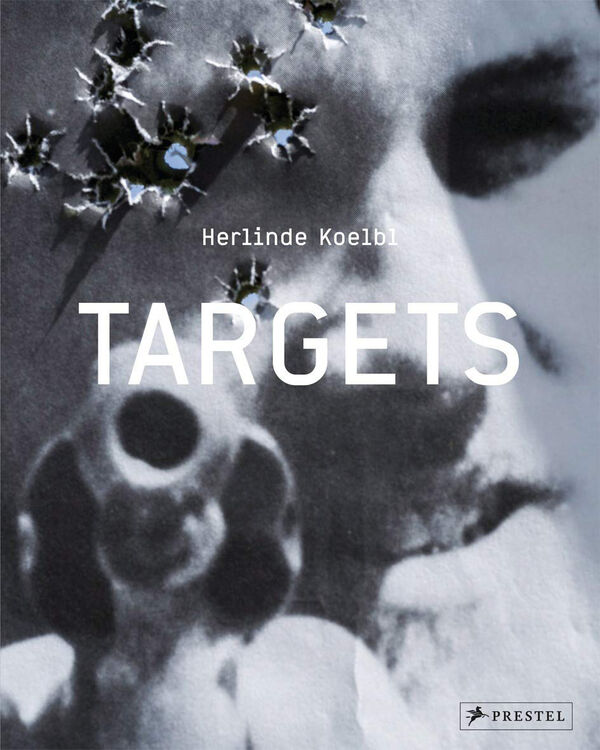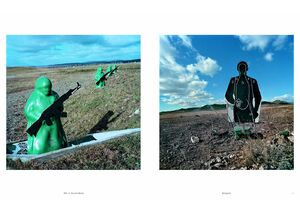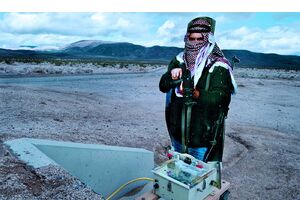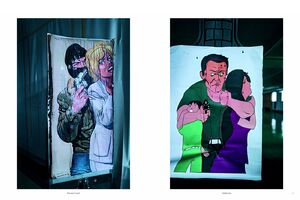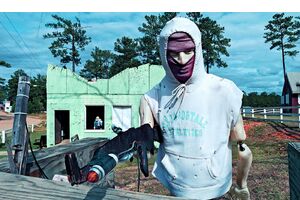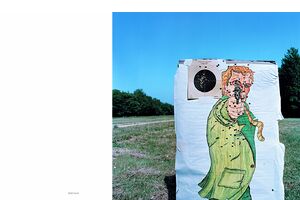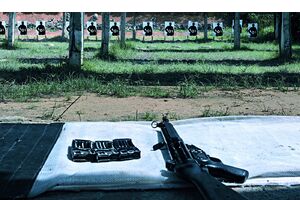Contact
art book cologne GmbH & Co. KG
Deutzer Freiheit 107
50679 Köln
Germany
Opening hours (office and showroom):
Monday to Friday 8 – 17
info@artbookcologne.de
Phone: +49 221 800 80 80
Fax: +49 221 800 80 82
About us
art book cologne, founded by Bernd Detsch in 1997, is a wholesale company and specializes in buying and selling high quality publications in art, art theory, architecture, design, photography, illustrated cultural history and all related subjects internationally. Our team includes specialists in art, culture, music, book trade and media but in spite of our diversity we have one common ground: the enthusiasm for unique art books.
We purchase remaining stocks from museums, publishers and art institutions. We sell these remainders to bookstores, museum shops, and art dealers all over the world.
Herlinde Koelbl – Targets
| Publisher | Prestel |
| Year | 2014 |
| Cover | Hardcover with dust jacket |
| Language | English |
| ISBN | 978-3-7913-4974-9 |
| Pages | 240 |
| Weight | 1684 g |
| More | |
| Contributors | Gerry Adams, Arkadi Babtschenko |
| Article ID | art-16594 |
With a provocative series of images rarely captured on film, acclaimed photographer Herlinde Koelbl offers us a unique glimpse of what soldiers around the world are trained to see as they learn to take aim at the enemy.
In a career spanning nearly three decades, Herlinde Koelbl has firmly established herself as Germany’s most acclaimed photographer. From intimate scenes of private life, to the corridors of power, Koelbl’s eye for detail allows us to see the world we think we know in ways we never imagined. In her most recent book, Targets, Koelbl has focused her lens on the phantom battle scenes used by armies worldwide to train their soldiers to shoot to kill. In the vast expanse of barren deserts, in labyrinths of concrete bunkers, and in mock Arab villages created by Hollywood set designers, soldiers are being taught to take aim at a great range of targets, all for the same deadly purpose.
Over a period of six years Koelbl has visited military training camps in more than 20 countries across the globe, to see how soldiers learn their trade. The result is a compilation of portraits—surprising, disturbing, and fascinating—of the lifeless targets used in practice to simulate an enemy in order to prepare for wars yet to come. Accompanying the photographs are texts from Koelbl’s conversations with soldiers along with insightful essays on the increasingly diverse and perplexing conditions confronted by military populations throughout the world.

